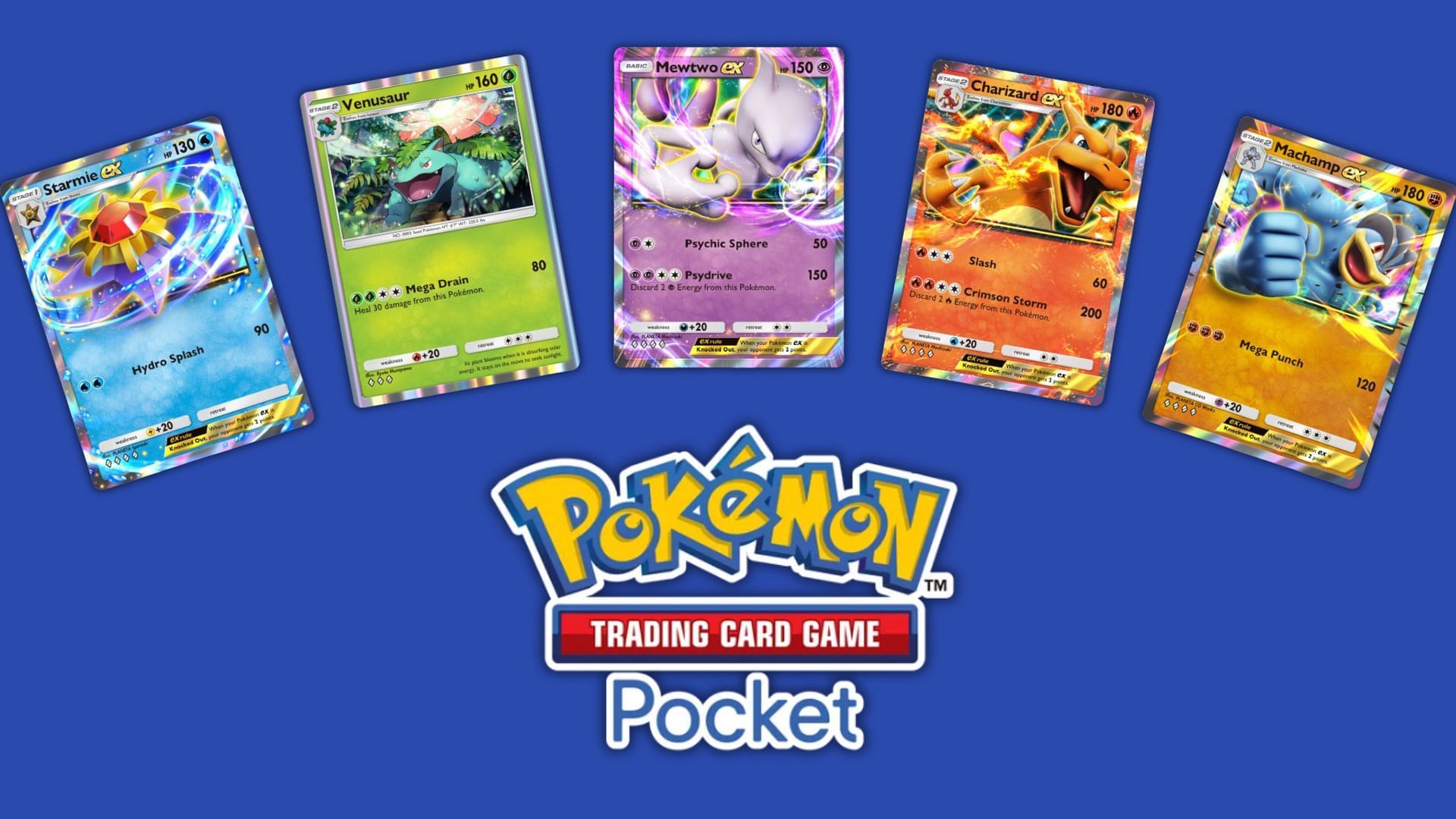
Pokemon TCG Pocket deck building guide: Things to keep in mind
Pokemon TCG Pocket brings the iconic trading card game to your mobile device, creating an exciting way to build and battle decks wherever you go. While it retains the familiar mechanics of the Pokemon Trading Card Game, the Pocket version introduces a unique twist with its 20-card deck limit and streamlined card pool.
These elements add a layer of strategy to deck building, and making the most of every card is essential. Whether you're new to the game or a seasoned TCG player, here are key points to consider as you build a winning deck for Pokemon TCG Pocket.
Note: This article is subjective and solely reflects the writer's opinion.
Everything to know about Pokemon TCG Pocket deck building
1) Deck size and card selection
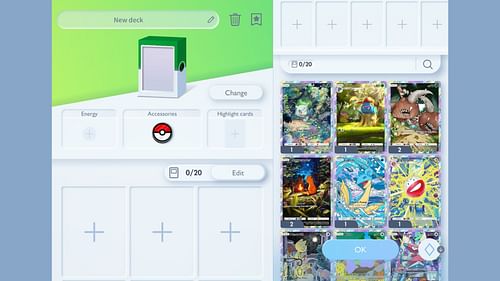
Limited card pool: Unlike the physical game, Pokemon TCG Pocket offers a more limited selection of cards. This narrower pool means you must carefully choose cards that align with your strategy while maximizing their synchronization with other cards in your deck.
With only 20 cards, each choice carries weight. It's crucial to select cards that directly support your deck’s primary objective, whether it’s focusing on powerful attackers, a defensive stall strategy, or a combo-based approach. Aim for consistency and cohesion rather than packing in various standalone powerful cards.
Look for combinations that elevate your strategy. For instance, if you're going for a high-damage approach, select Trainer cards that support your primary attackers. Likewise, defensive decks benefit from cards that enhance healing and protection.
Also read: All Pokemon TCG Pocket missions - Beginner, Advanced, Dex, Premium, and Daily
2) Pokemon selection
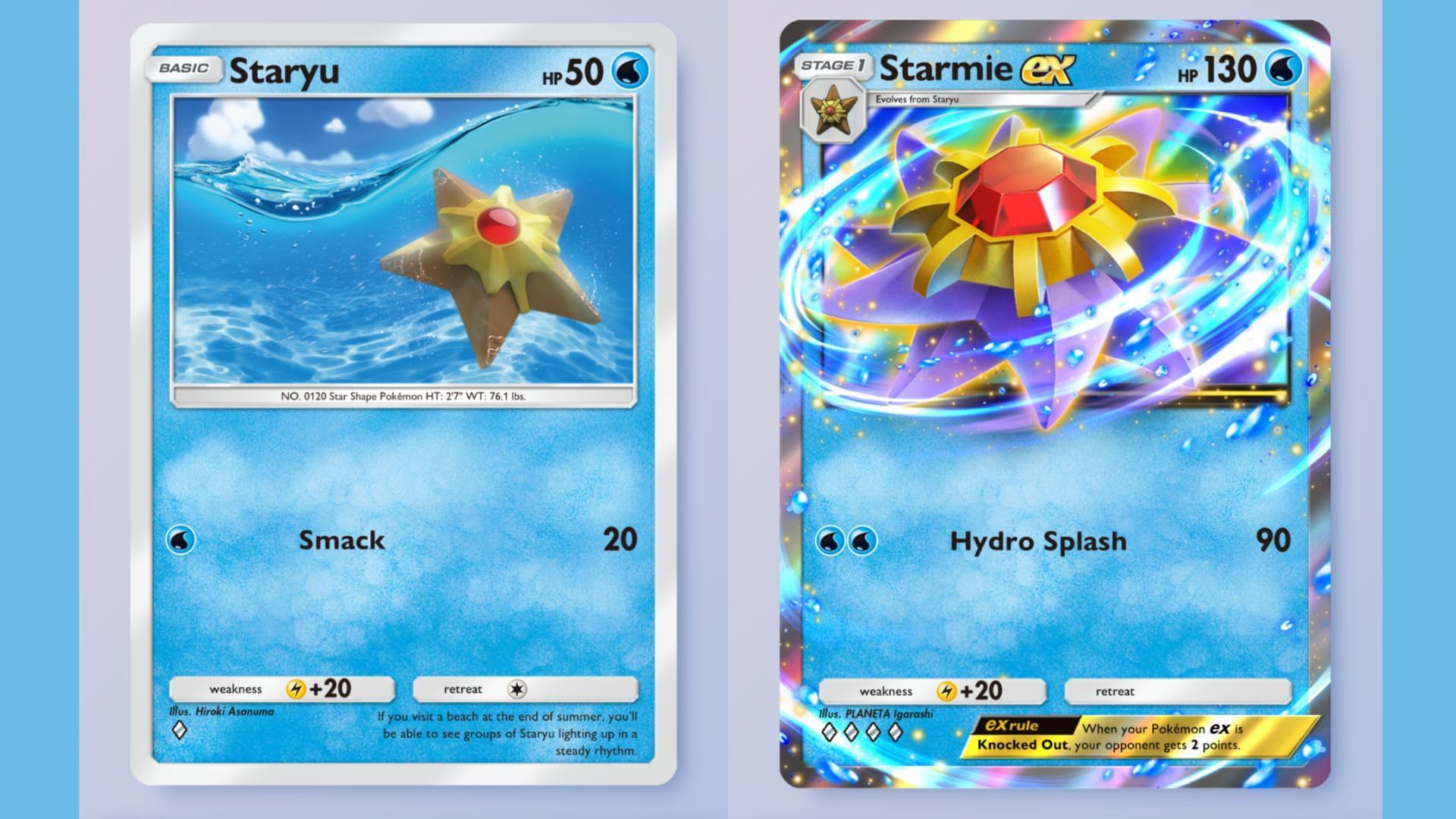
Basic Pokemon: The foundation of any deck is its Basics. Choose Basic Pokemon that can either evolve into potent attackers or provide support abilities, such as Data Scan or Water Shuriken.
Evolved Pokemon: Limit your Evolutions to a few high-impact cards that will serve as your main attackers. Be selective and ensure they complement your primary game plan.
Balance is key: Too many Pokemon can clog your deck, while too few may lead to poor draws. Aim for a balanced mix that includes enough Basics to keep your deck running smoothly, with a few powerful Evolutions that will drive your strategy and other support cards.
Also read: Pokemon TCG Pocket - Best Pikachu ex deck guide
3) Energy selection
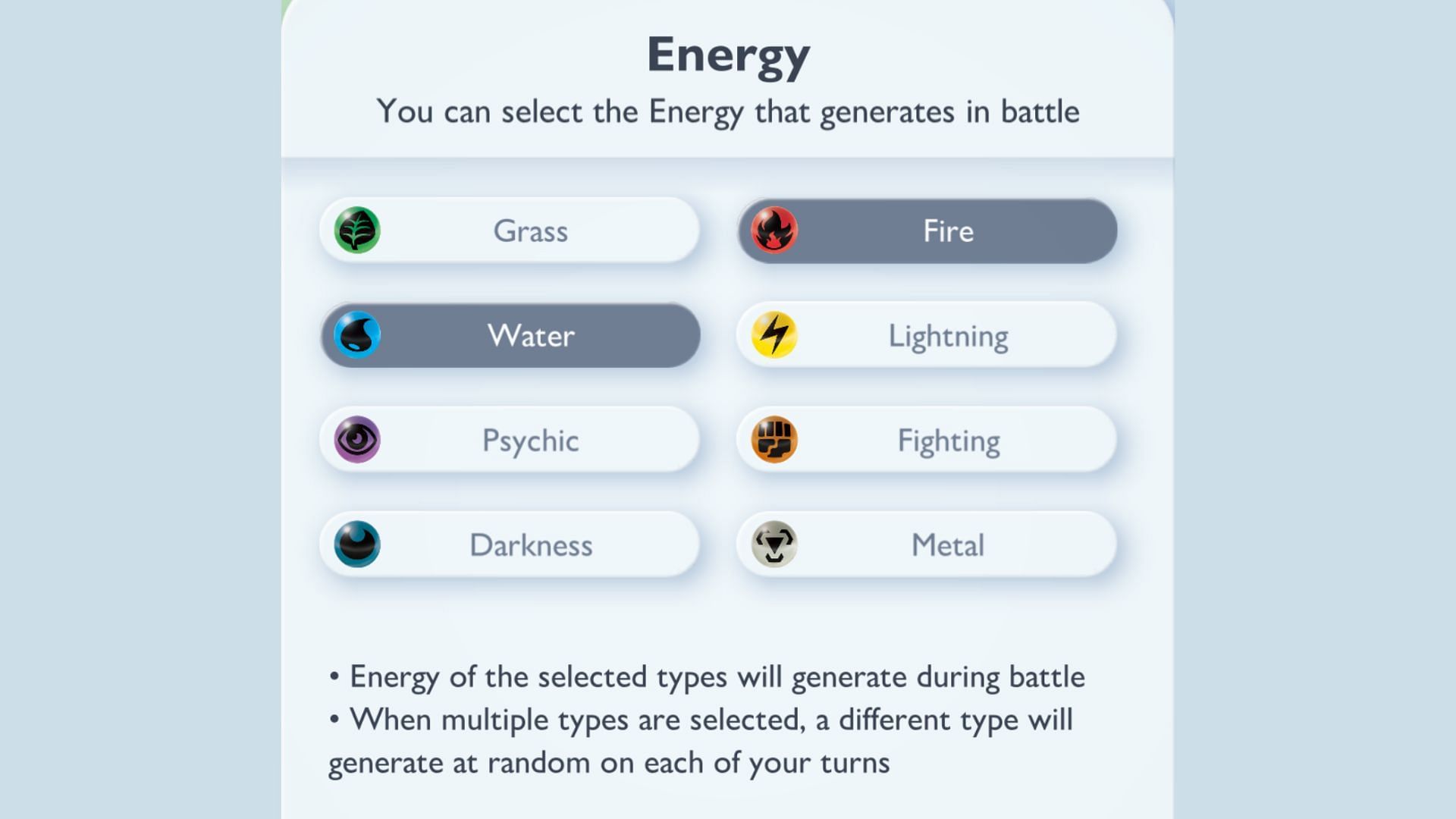
Choose an Energy type that aligns with your Pokemon’s attack requirements to keep your deck efficient and consistent. For example, a basic Mankey card needs one Fighting energy to use its move, Low Kick. It's type-specific, so make sure you select Fighting-type energy, or else the move will be unusable.
Some cards use the Colorless type meaning it doesn't matter which type you attach as long as you attach the number of energies required. Keep in mind that you can choose a maximum of two kinds of Energy cards.
Also read: Pokemon TCG Pocket - Best Charizard ex deck guide
4) Trainer, item, and Supporter selection
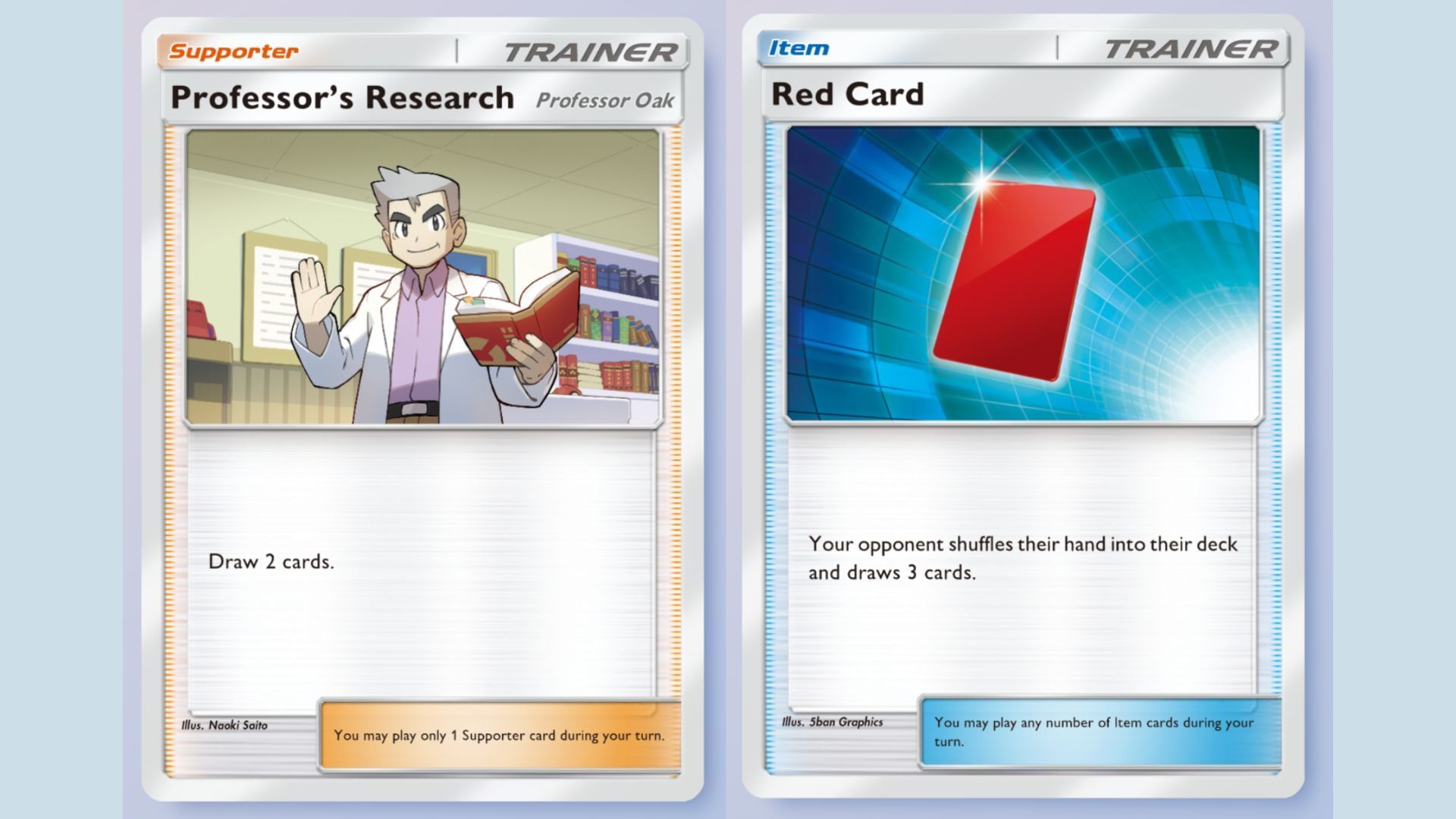
Non-combat cards are essential for building momentum in the game. Include ones that help with card draw, like Professor’s Research, or provide healing, depending on your strategy. These cards are particularly valuable in this limited deck format since they provide essential resources. Items cards allow you to perform various tasks like searching for Pokemon, healing, or disrupting your opponents.
Also read: Pokemon TCG Pocket - Best Mewtwo ex deck guide
5) Deck building

Experimentation: Don’t be afraid to try different combinations and approaches. Experimentation often reveals unexpected synergies and potential improvements.
Meta awareness: Stay up-to-date on popular strategies and trends within the game. If a particular deck style is prevalent, consider adding counter cards that can disrupt or withstand that strategy.
Practice and refine: Testing your deck in real matches will highlight its strengths and expose areas for improvement. Make adjustments based on these experiences to continually refine your build.
Use online resources: Join communities, browse forums, and check online resources for current deck lists, card analyses, and player tips. These can inspire new strategies or reveal countertactics for common deck styles.
Also read: Pokemon TCG Pocket reportedly downloaded 10 million times globally within two days of launch
Mastering Pokemon TCG Pocket’s deck-building constraints is both challenging and rewarding. By carefully selecting cards and refining your strategy, you can create powerful decks ready for any opponent.
Focusing on a straightforward approach can often be more effective than a complicated one. Enjoy the journey of experimentation, practice, and continual improvement as you craft your perfect deck for Pokemon TCG Pocket.
Also read: Pokemon TCG Pocket Wonder Pick Event Part 1 - Schedule, Promo Cards, Special Missions, and more